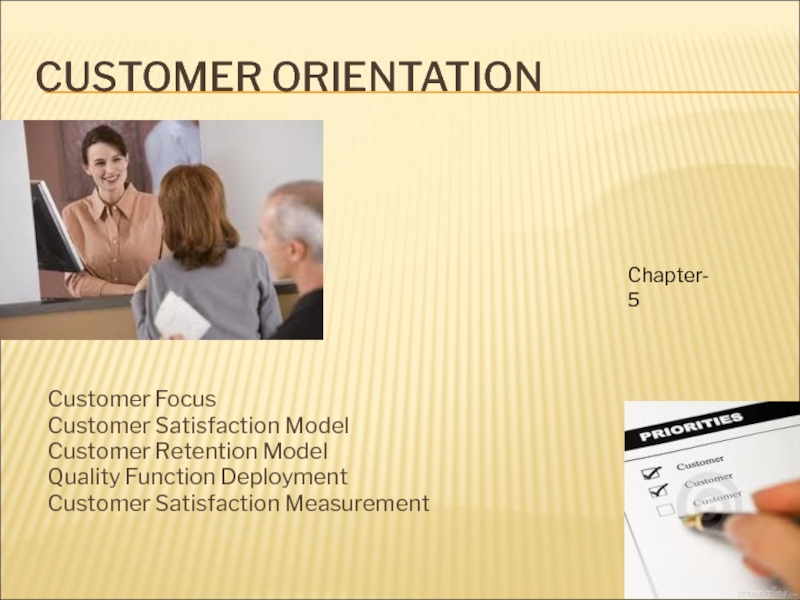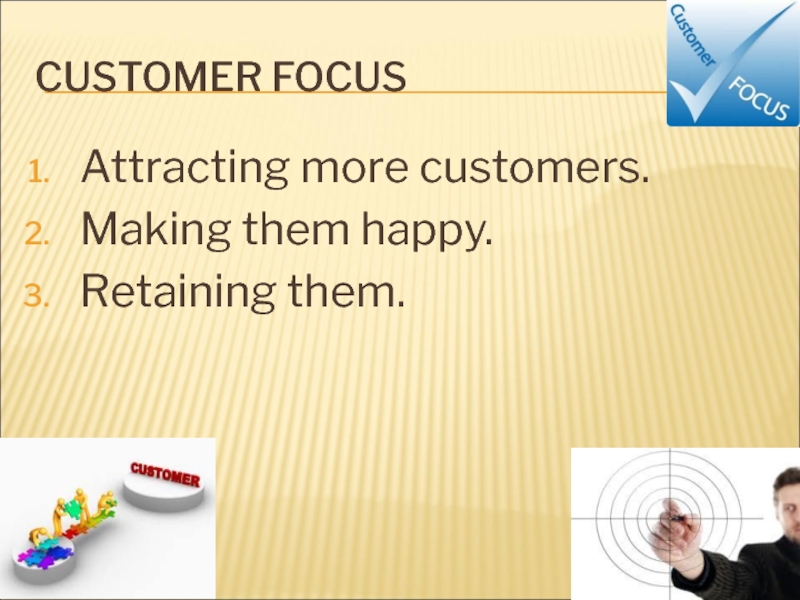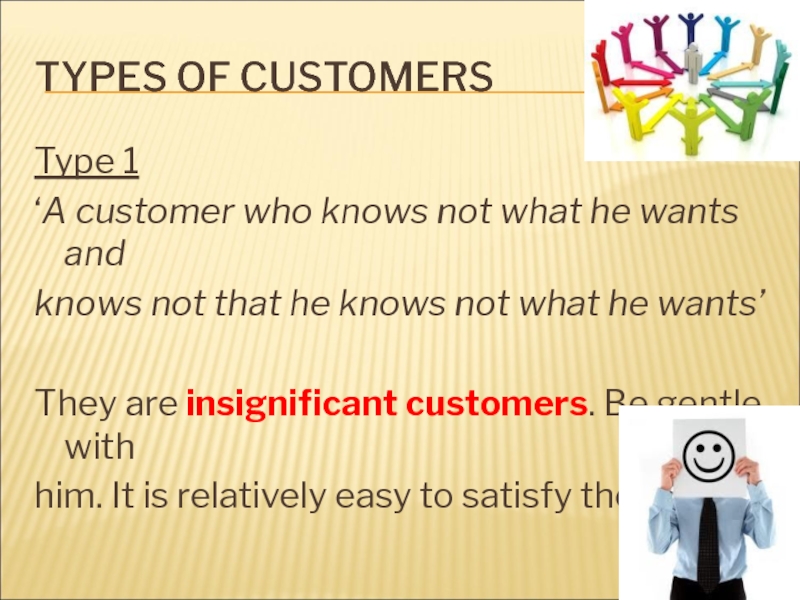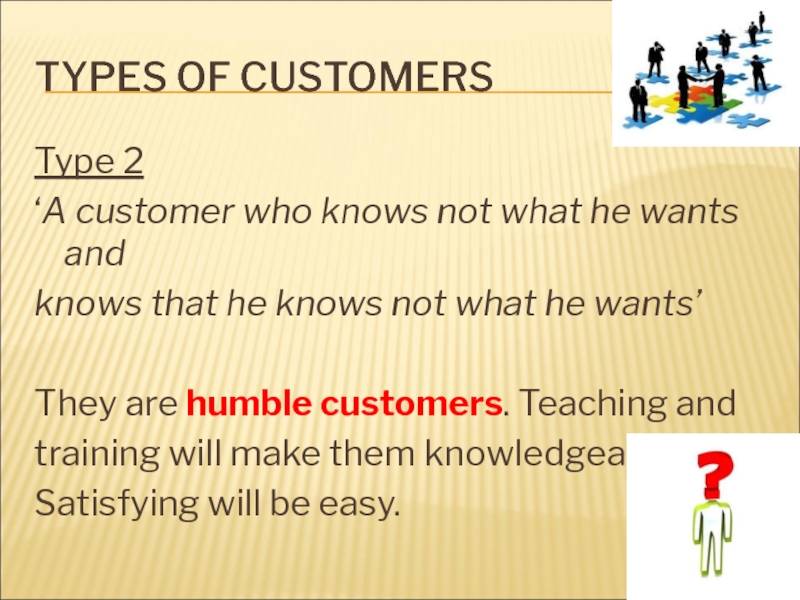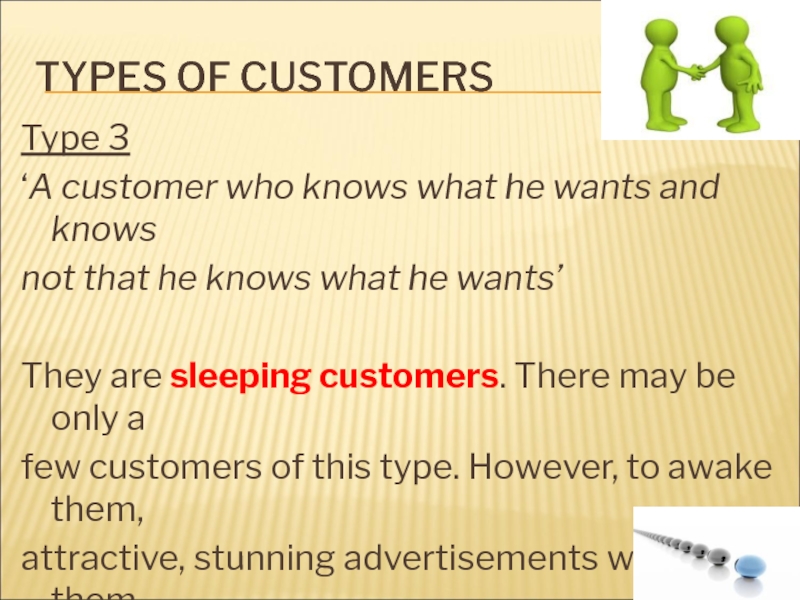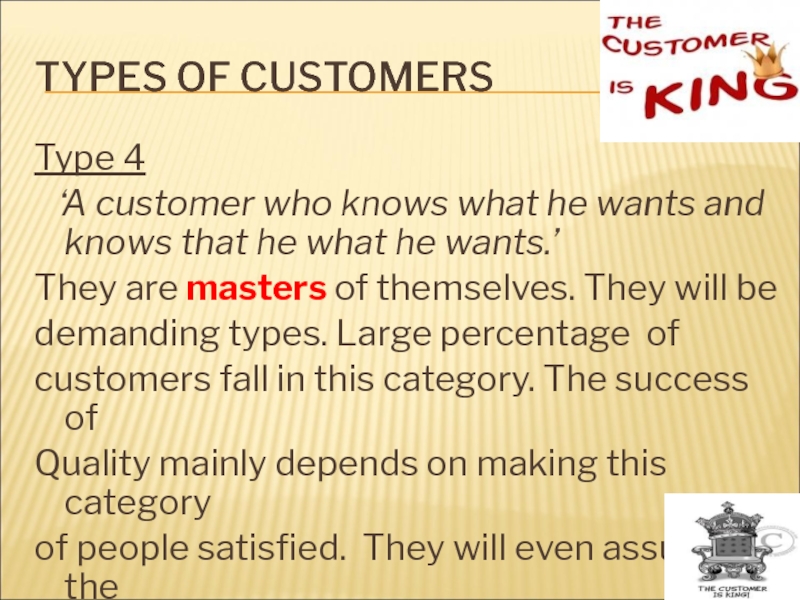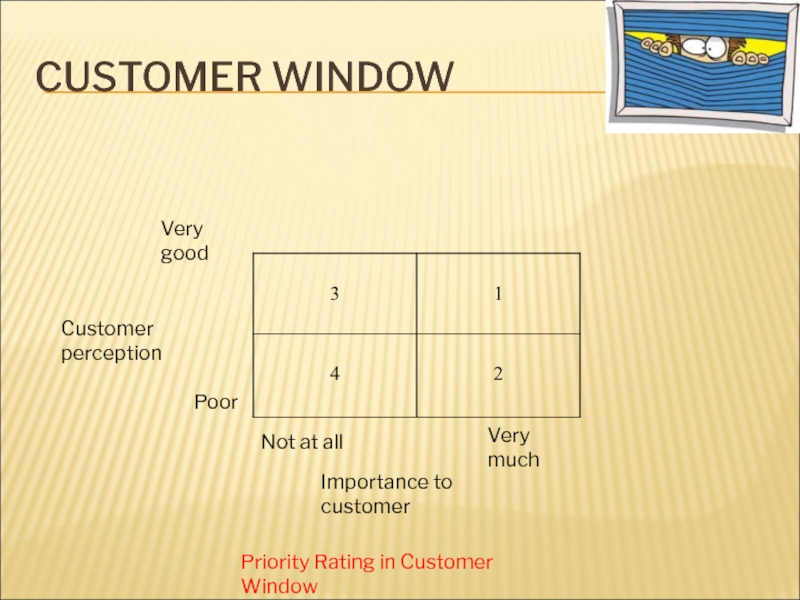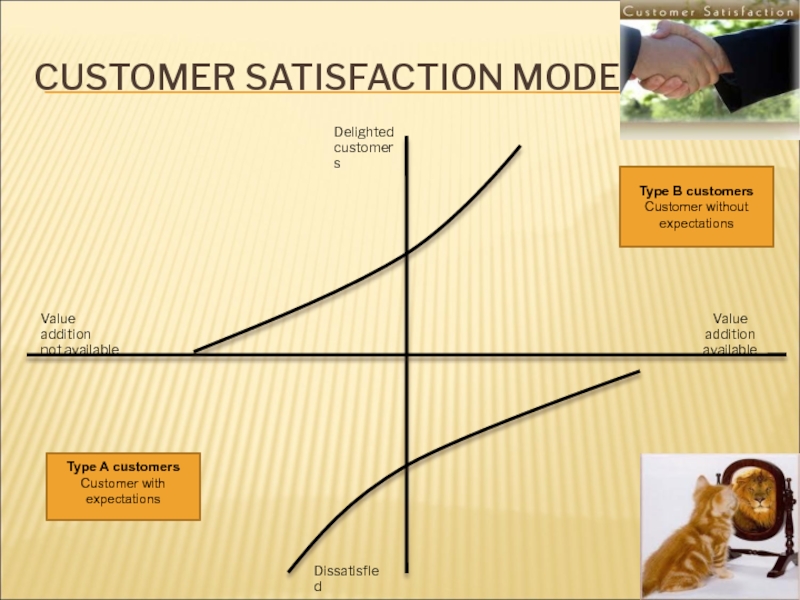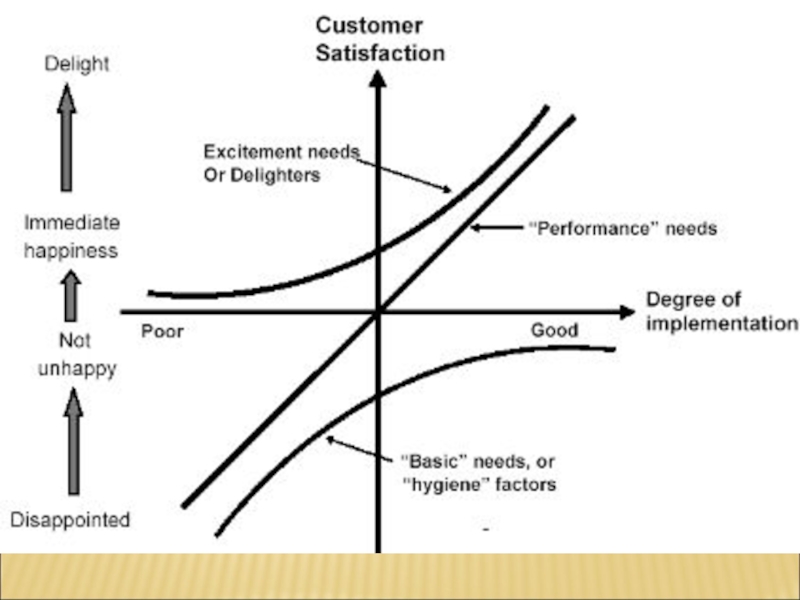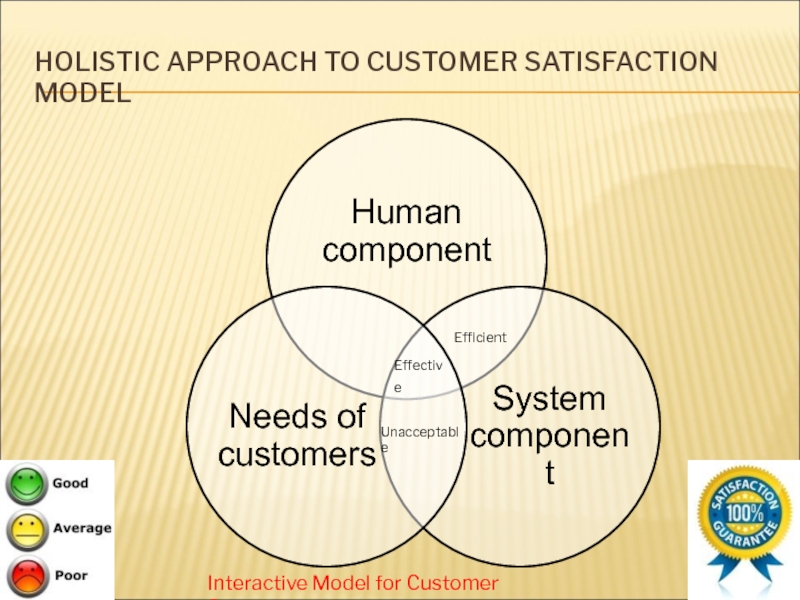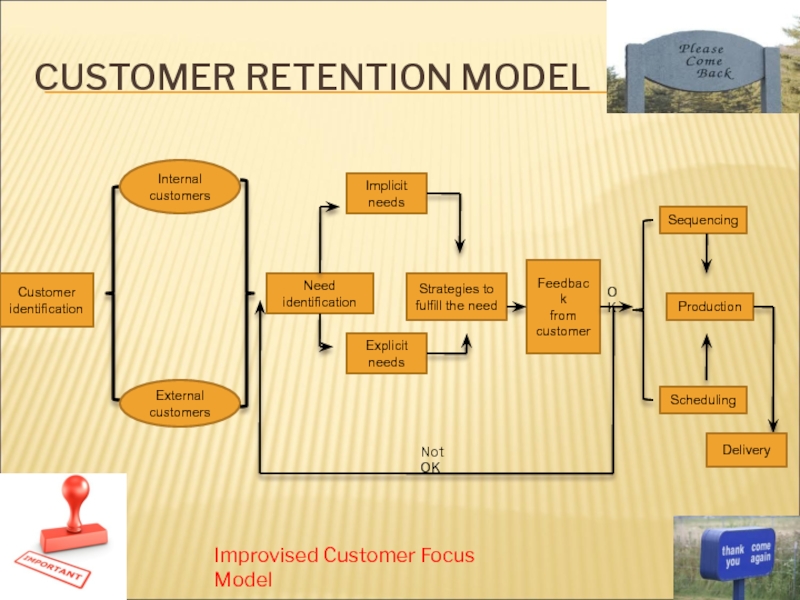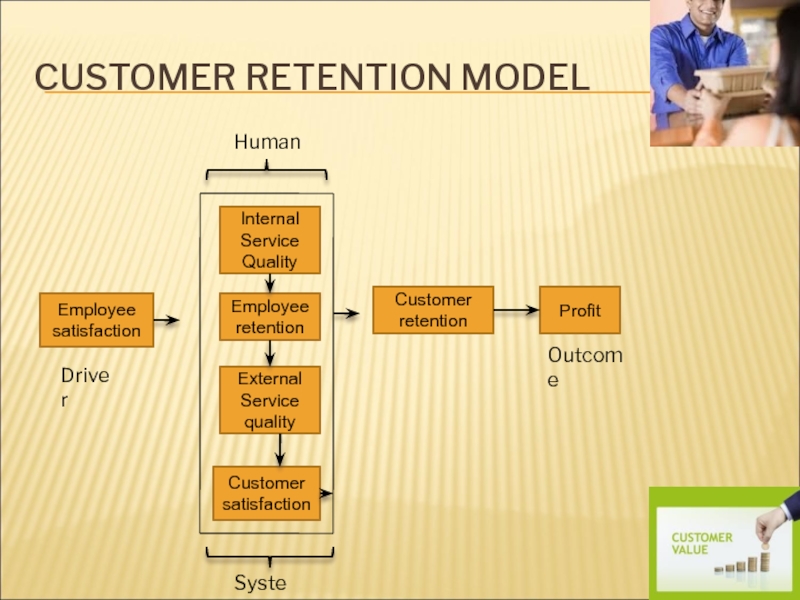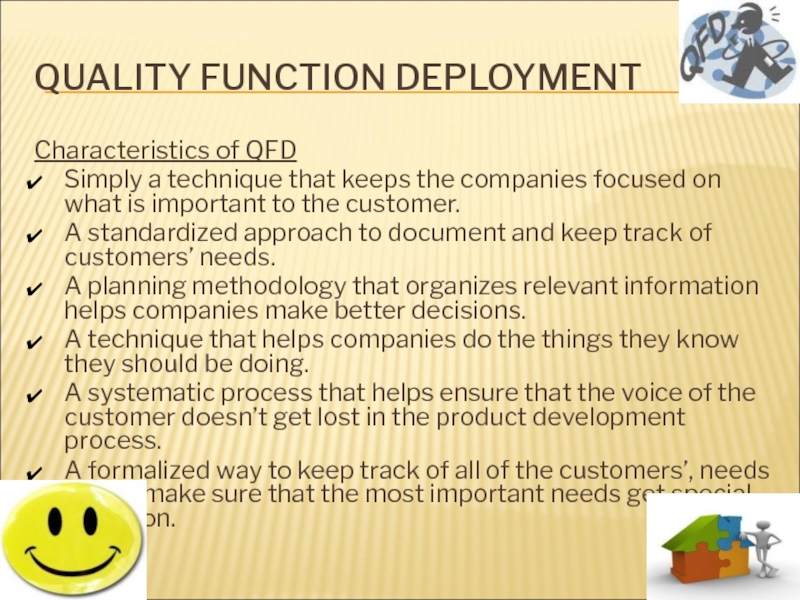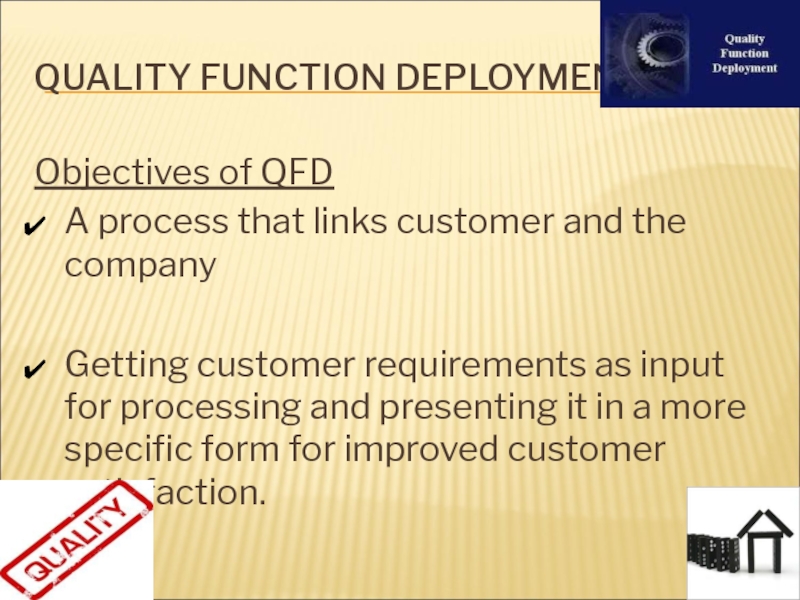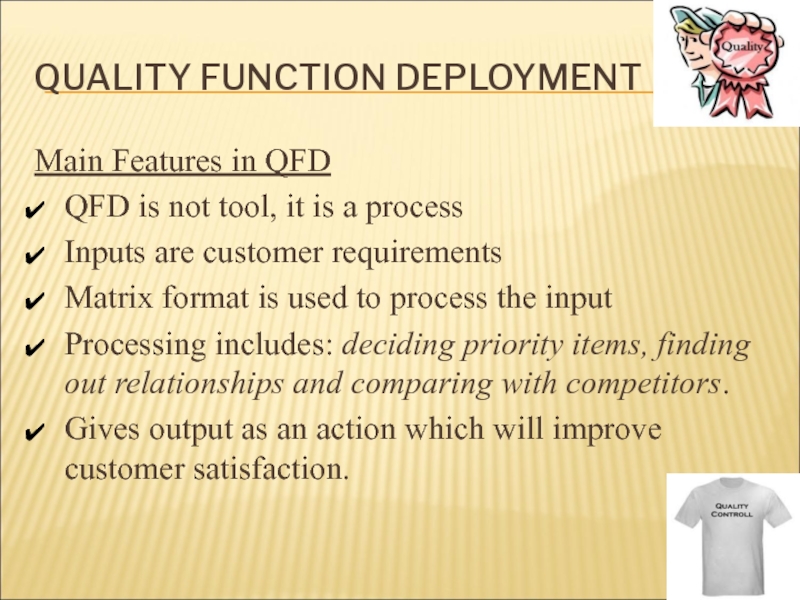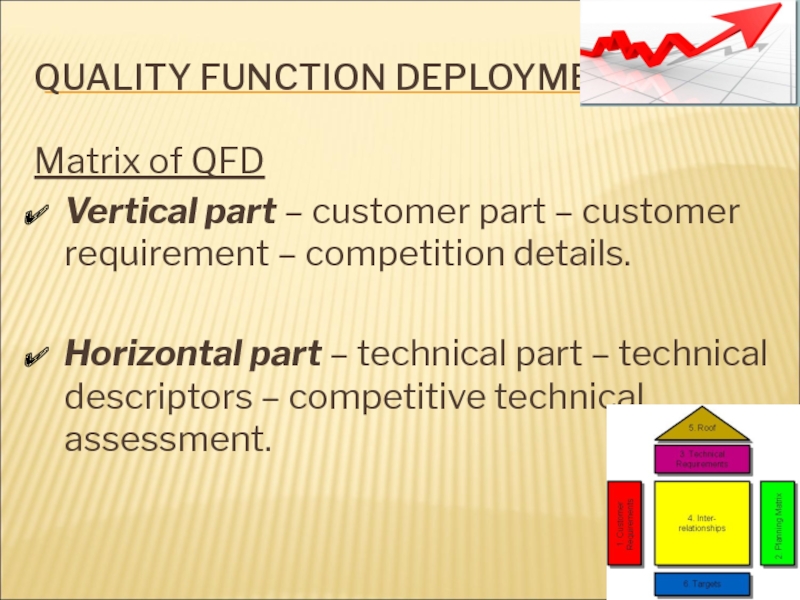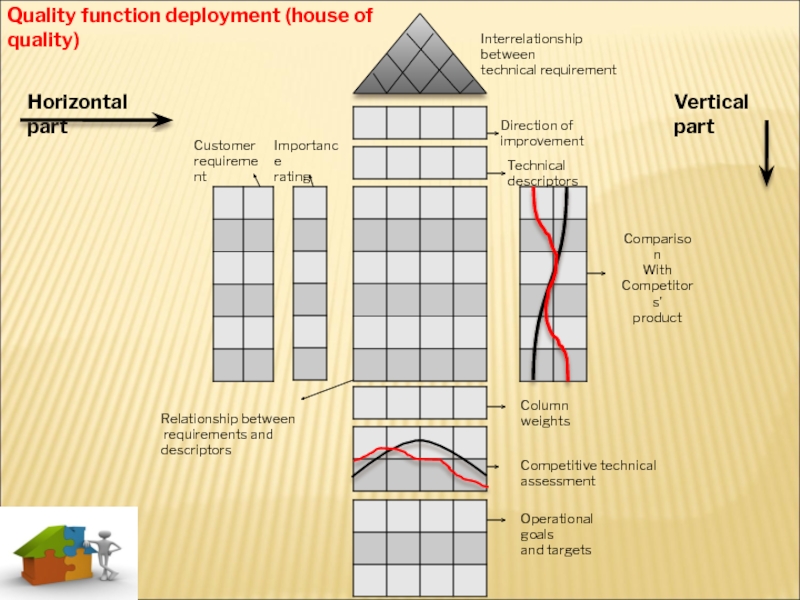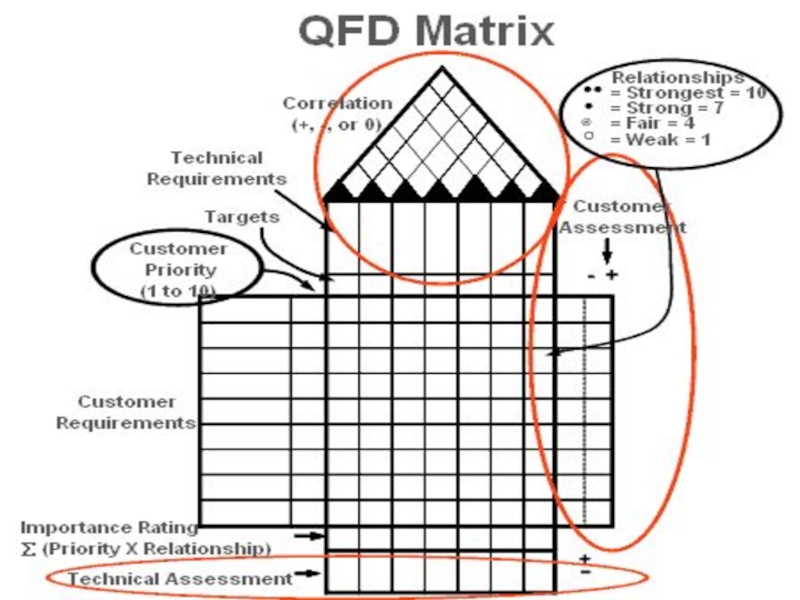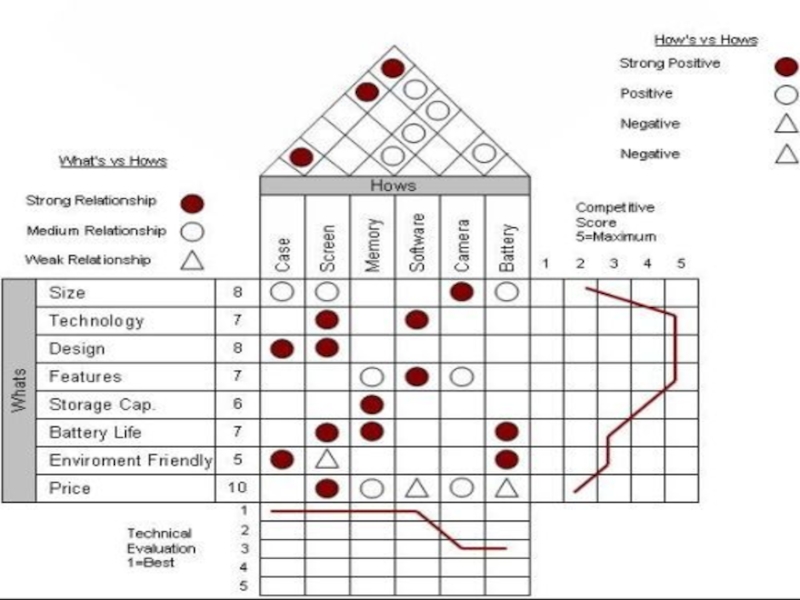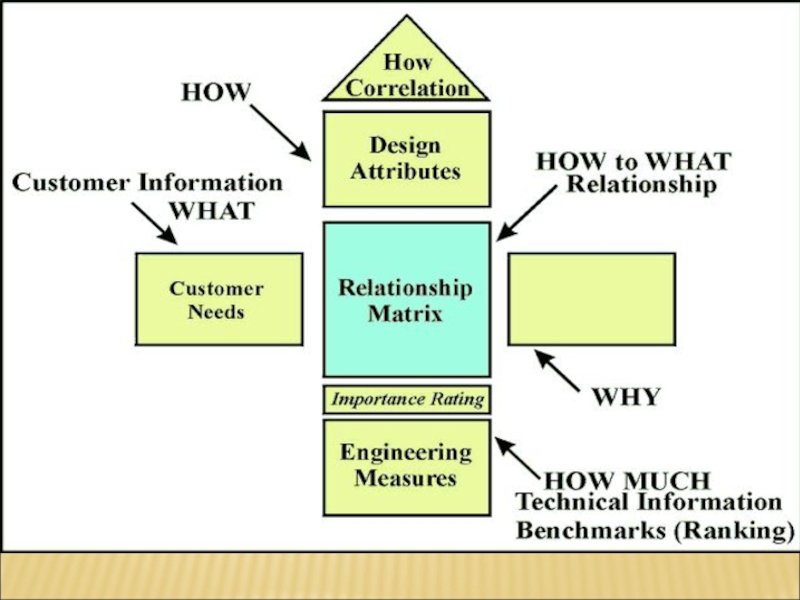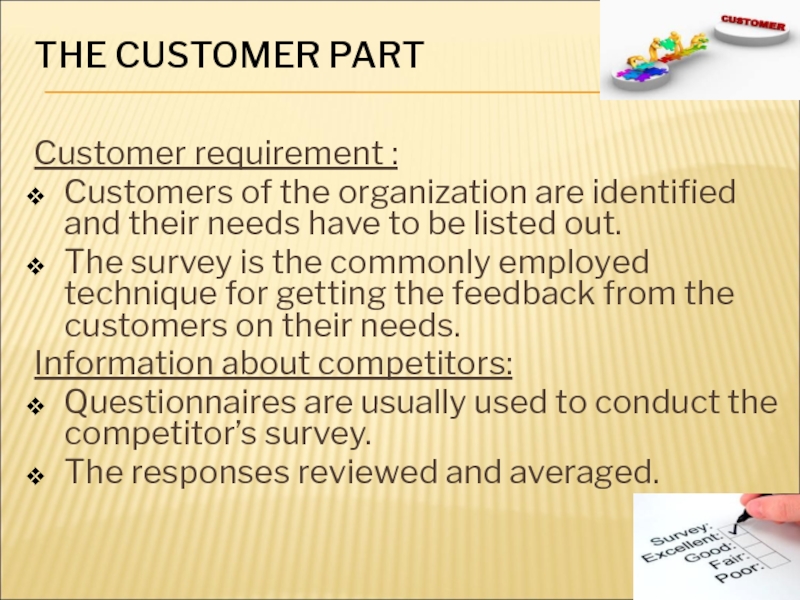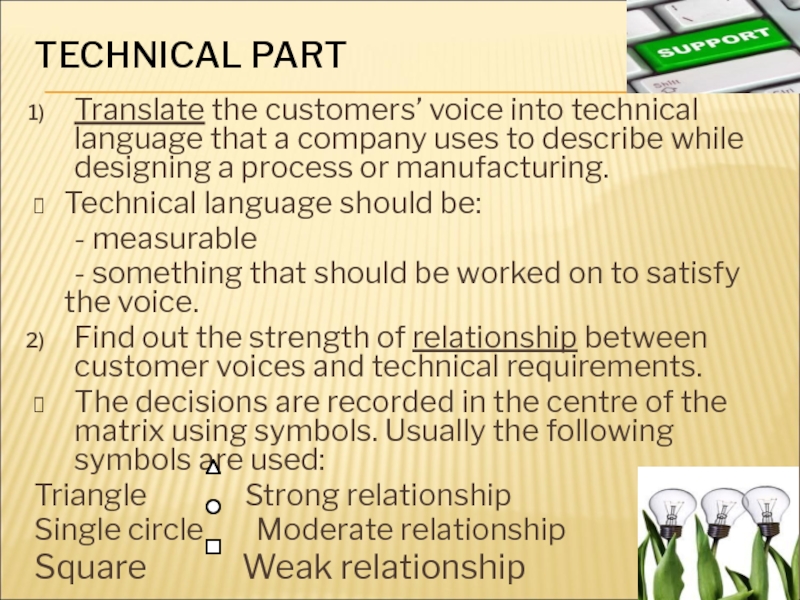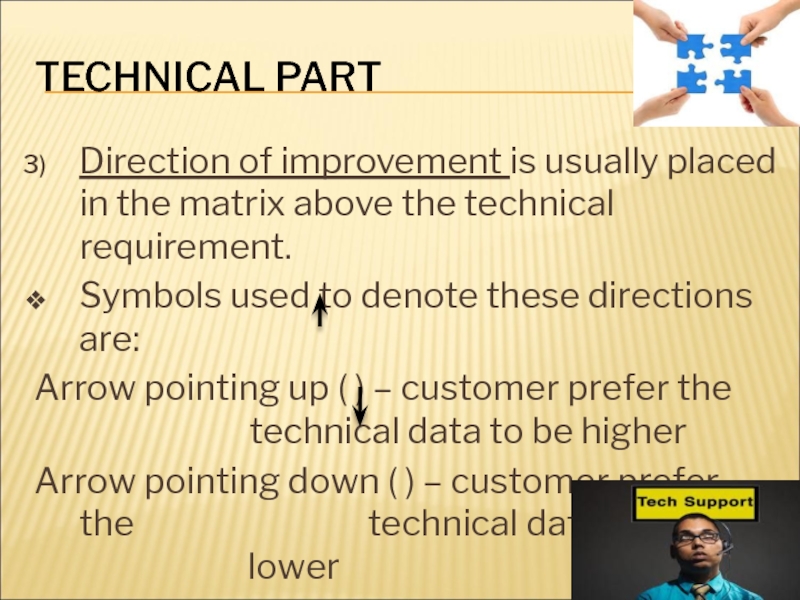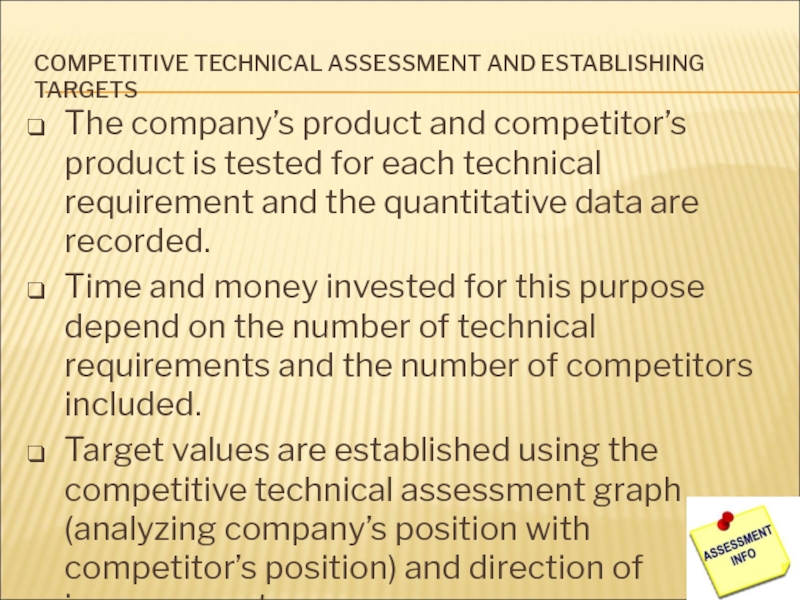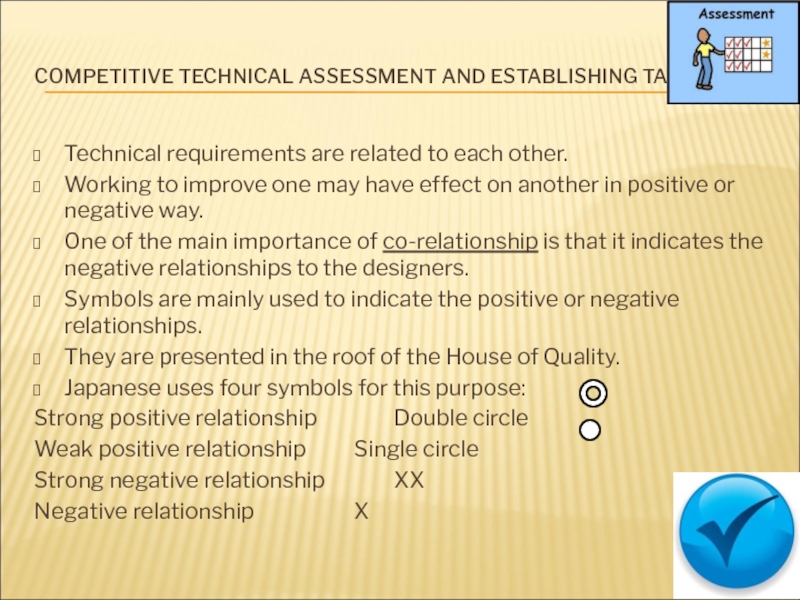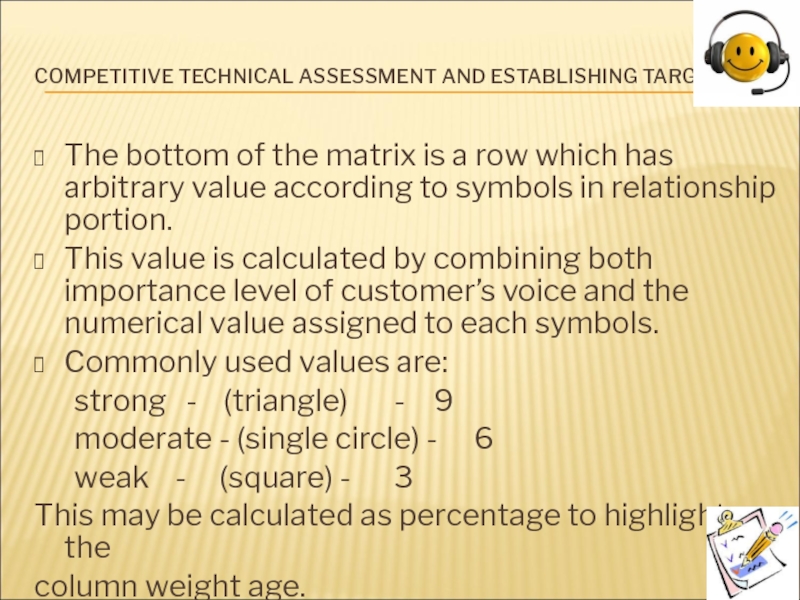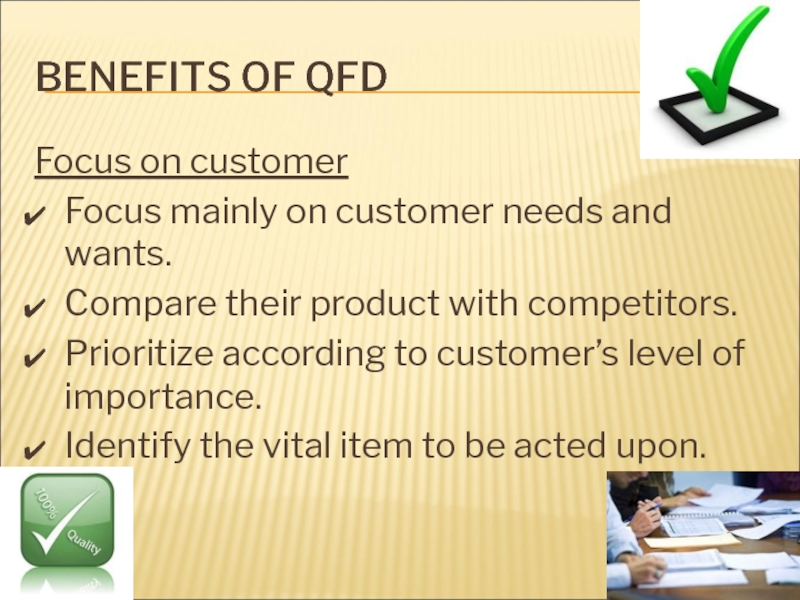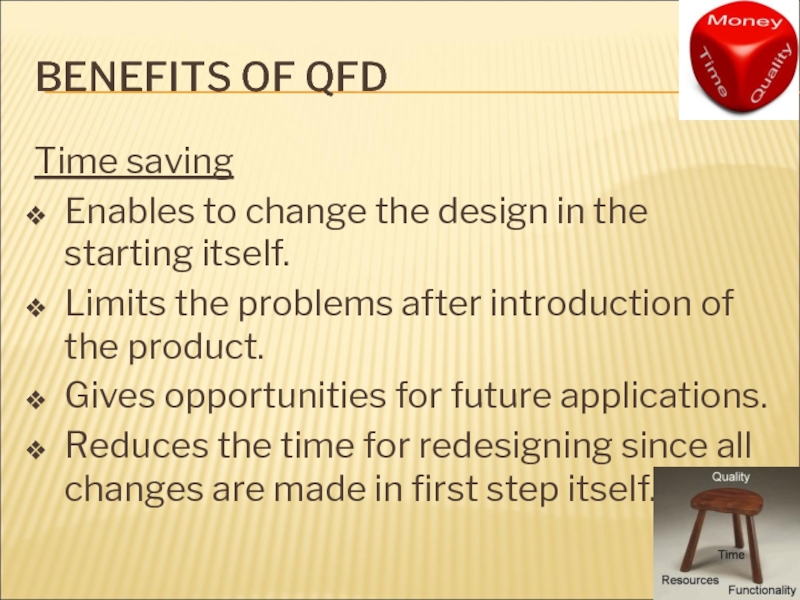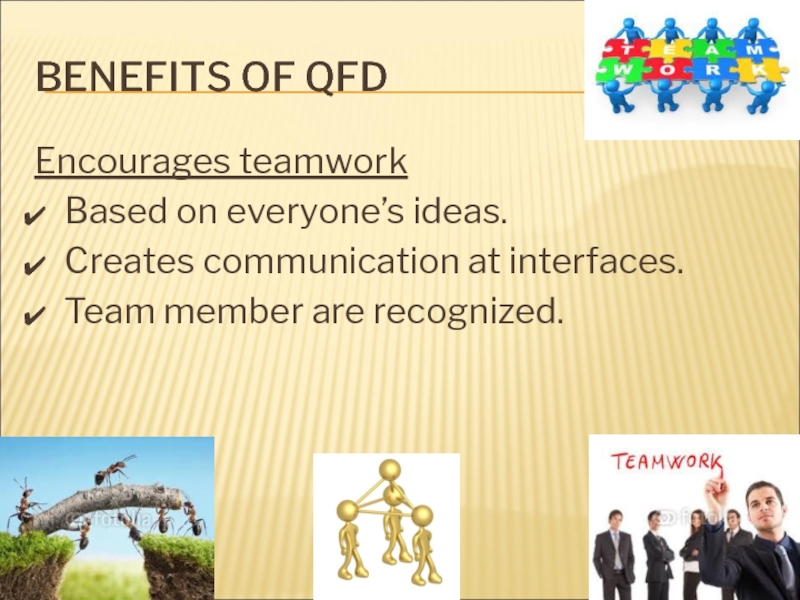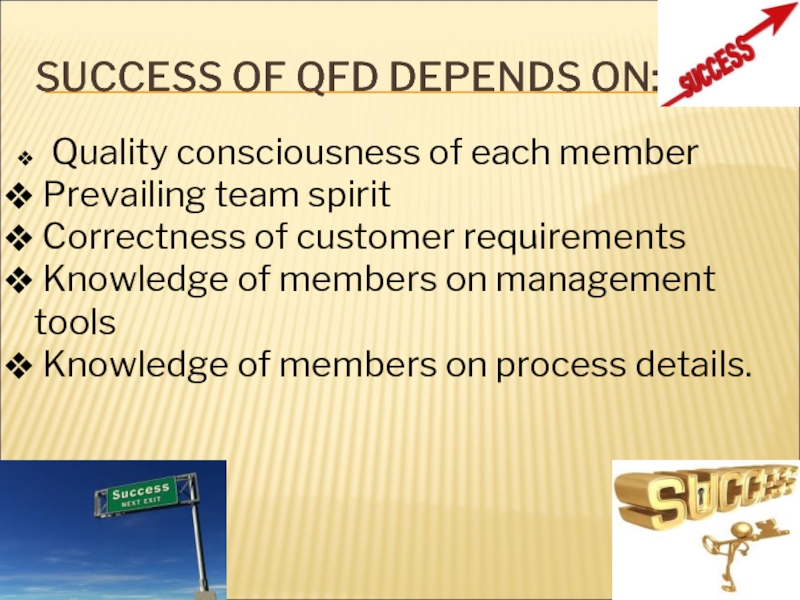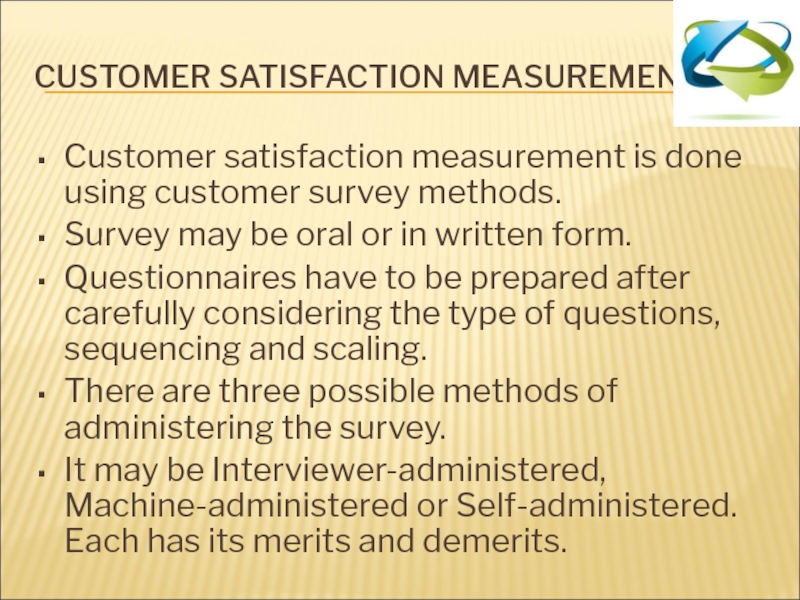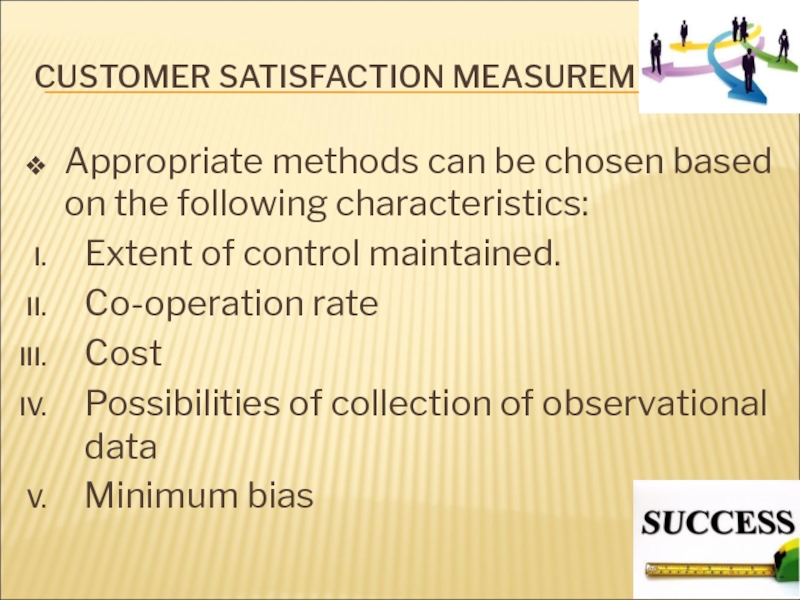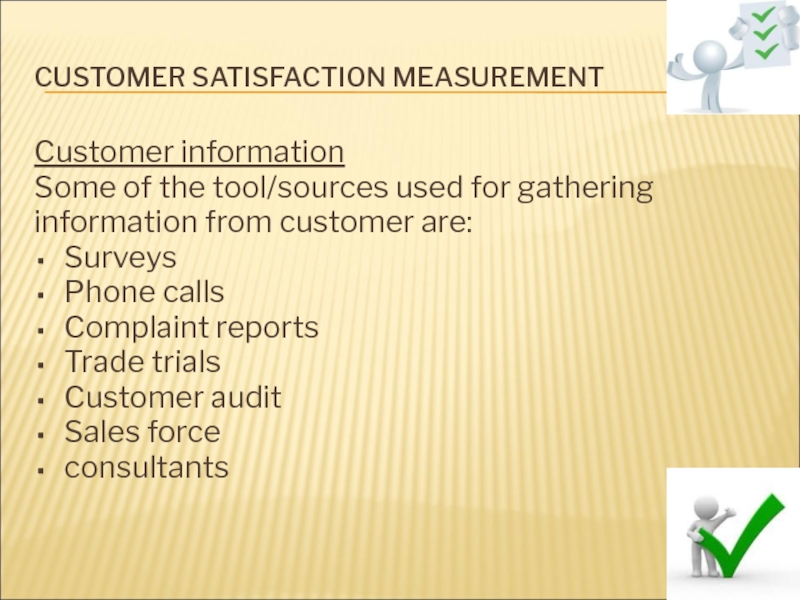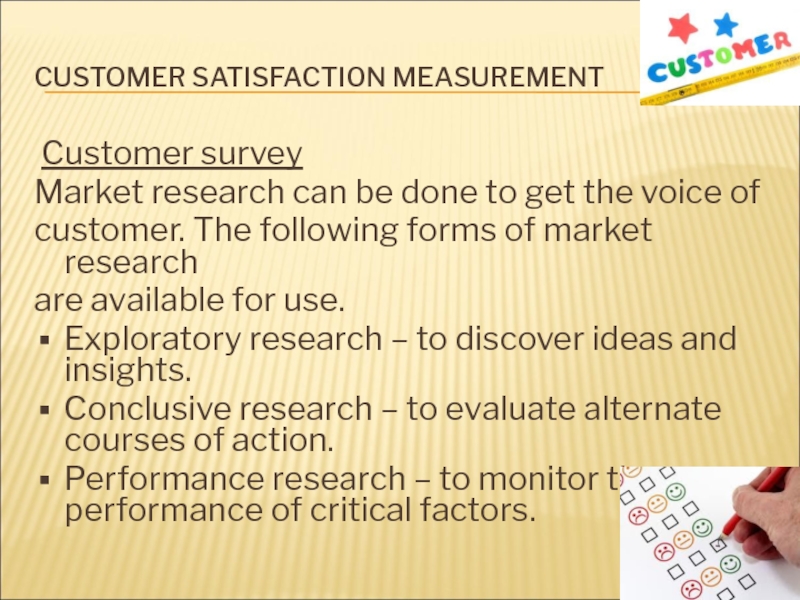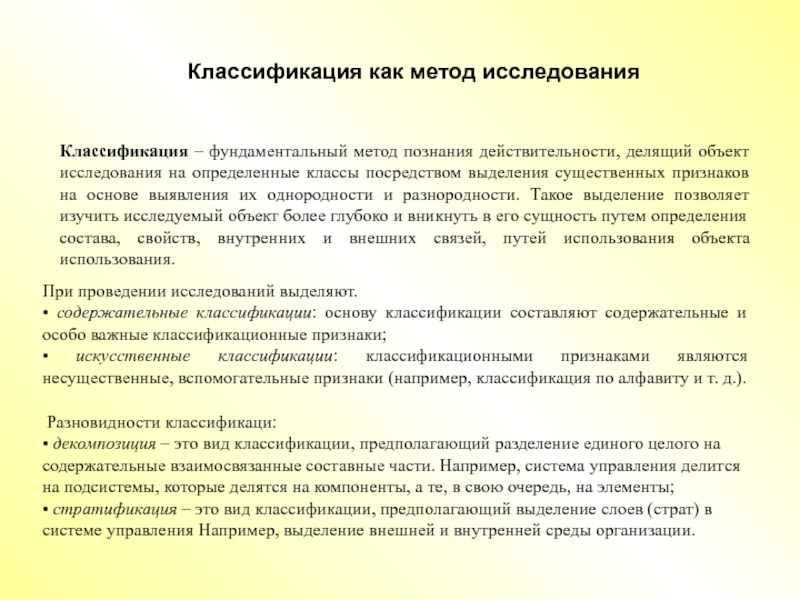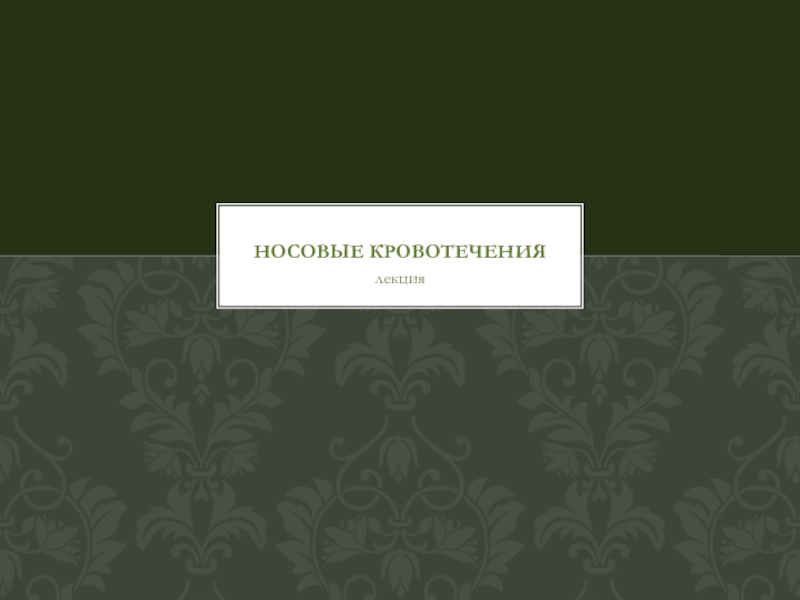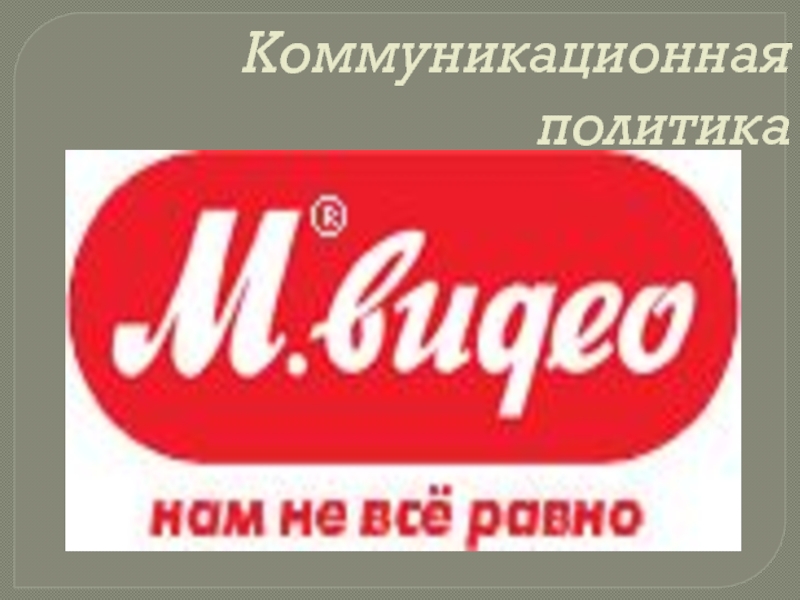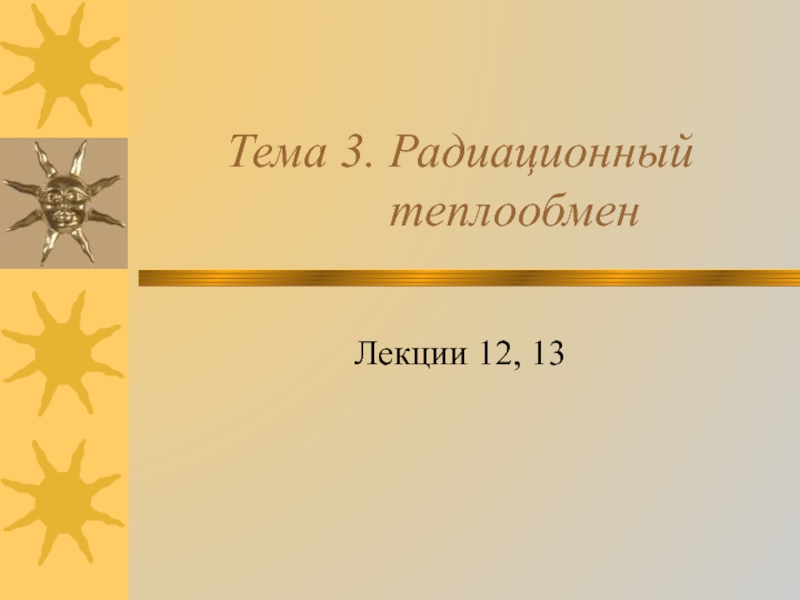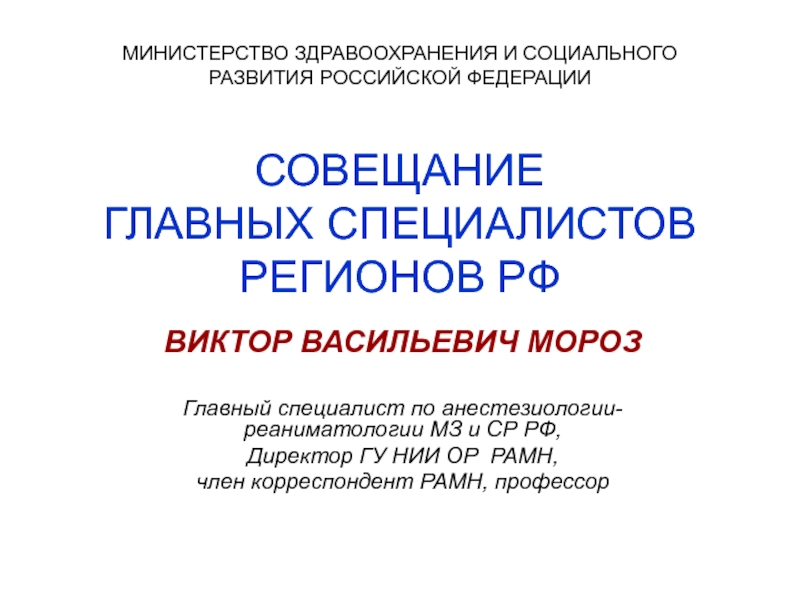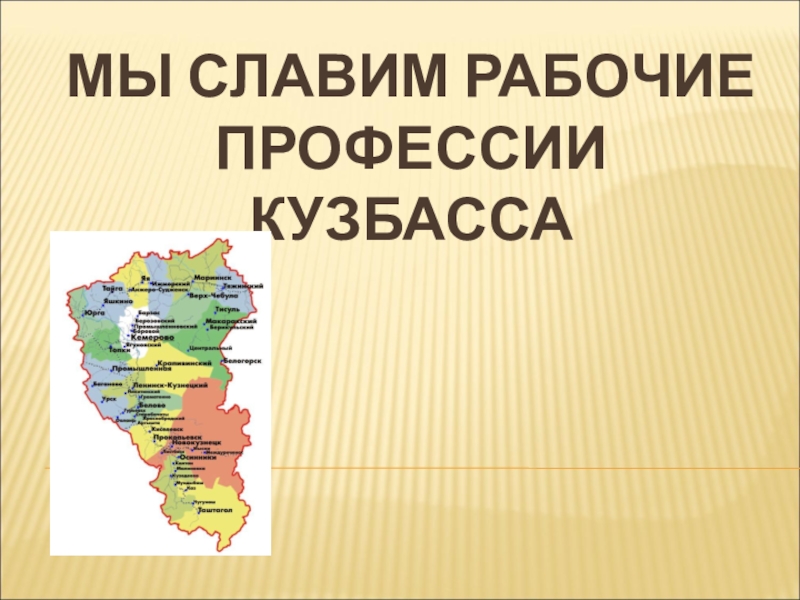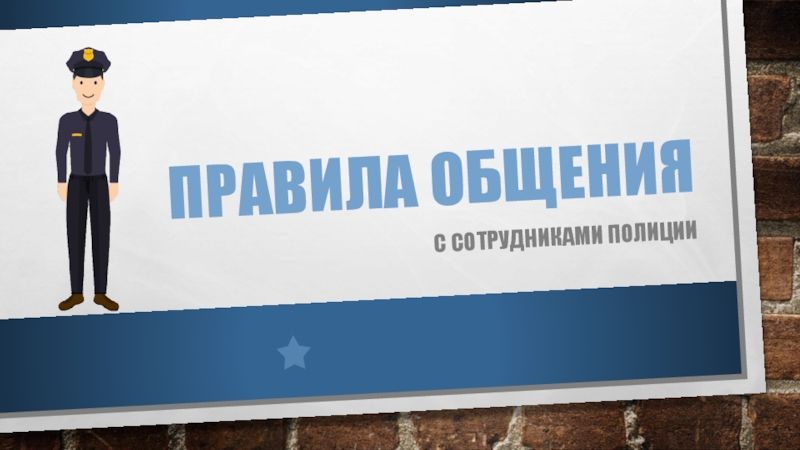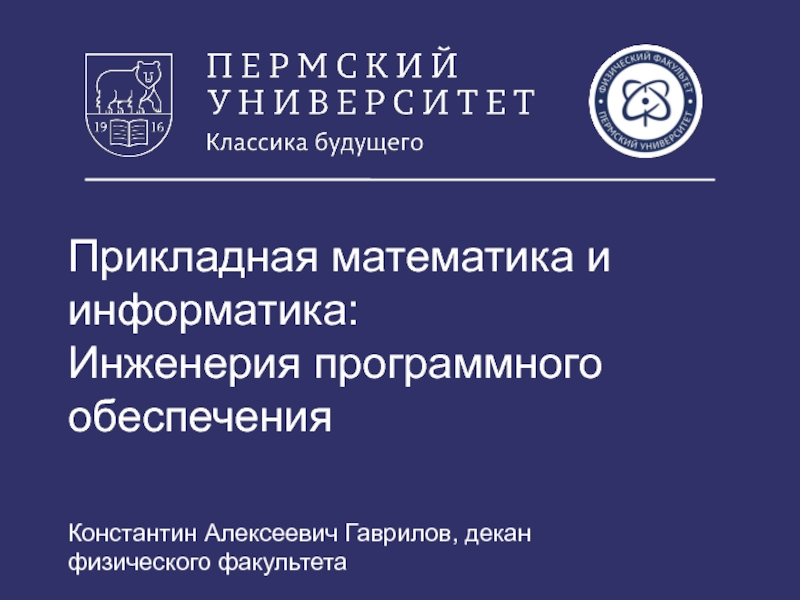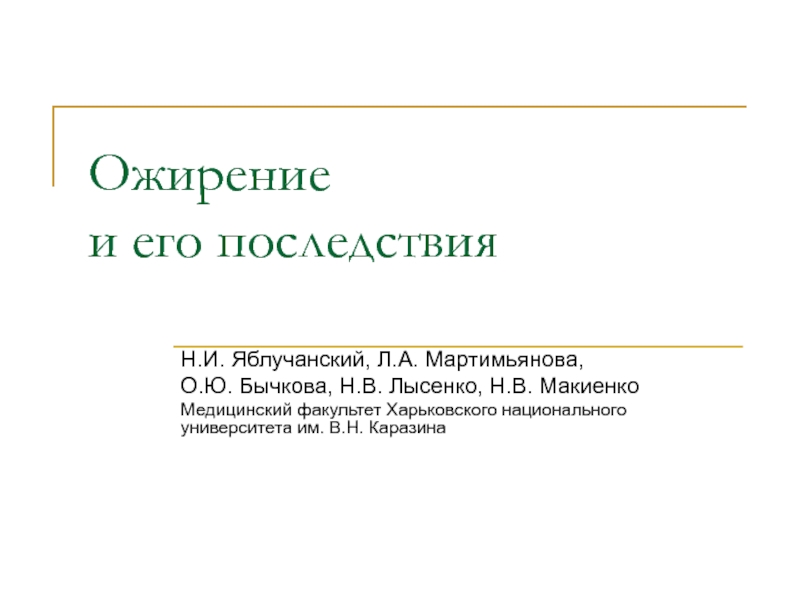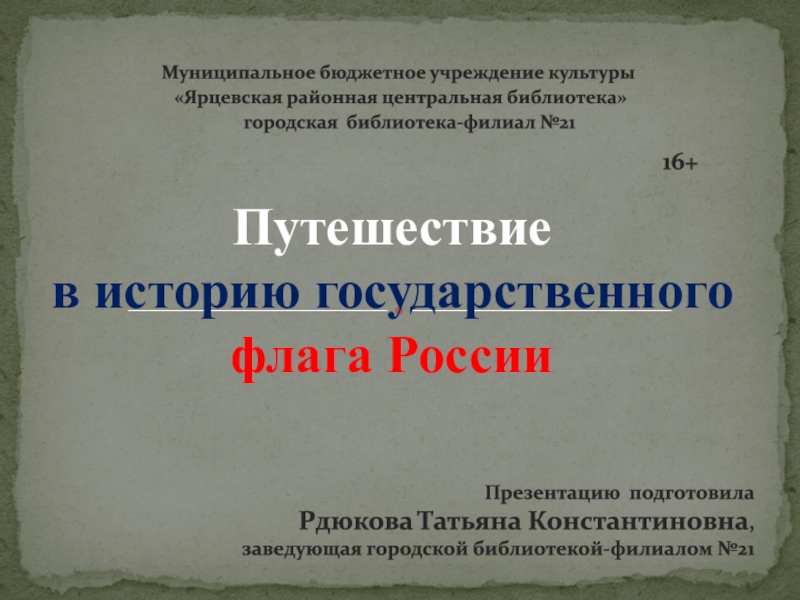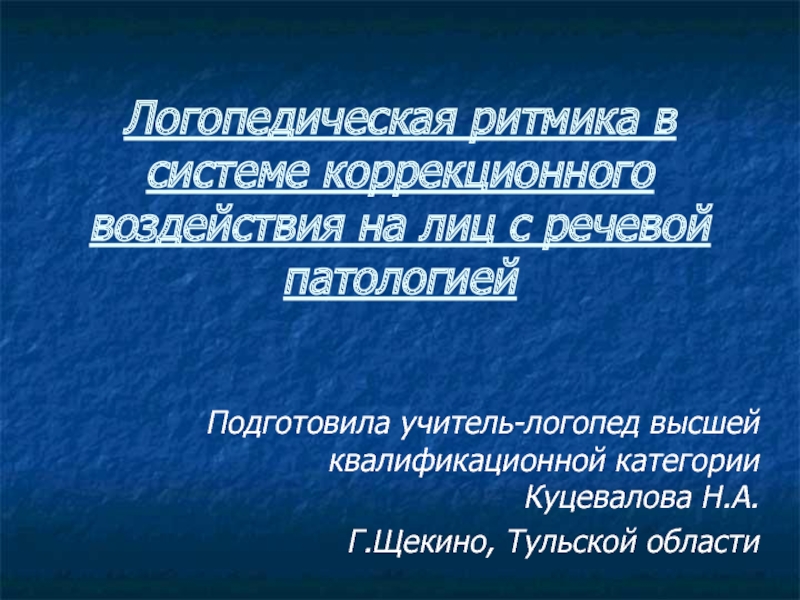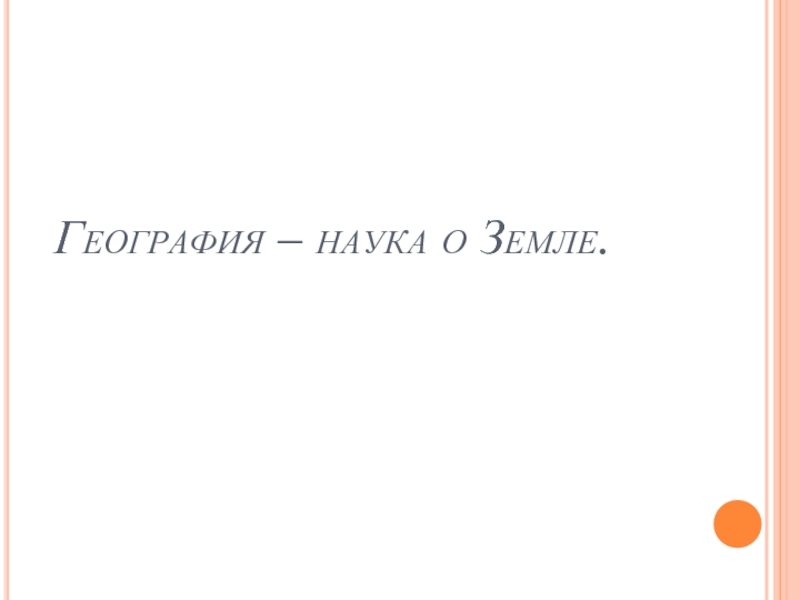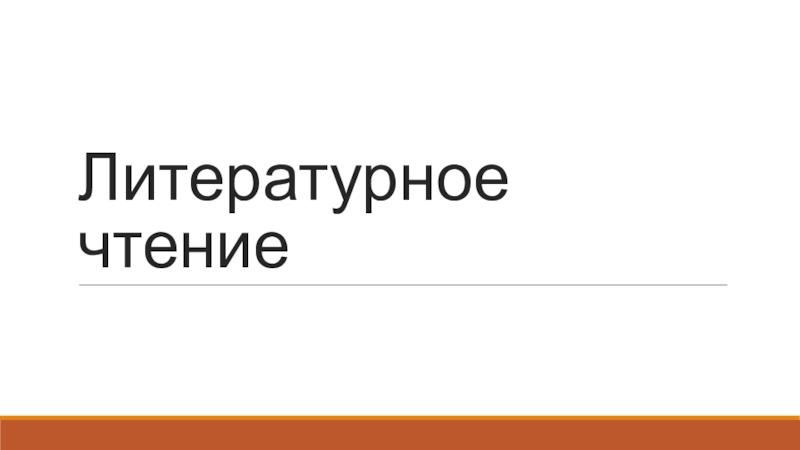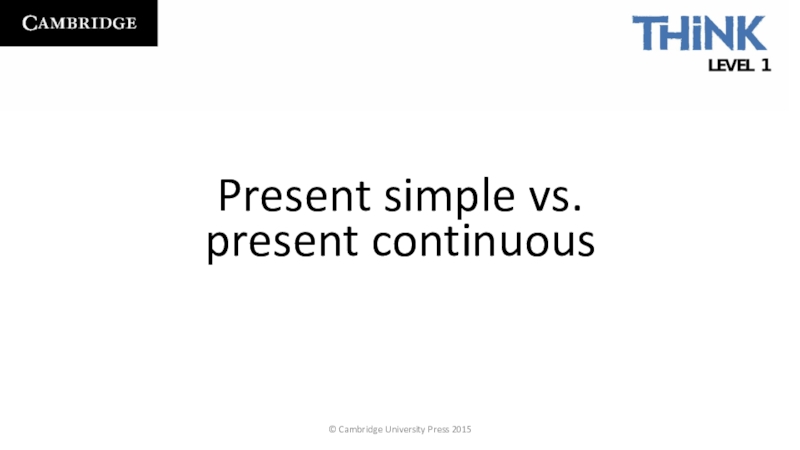Разделы презентаций
- Разное
- Английский язык
- Астрономия
- Алгебра
- Биология
- География
- Геометрия
- Детские презентации
- Информатика
- История
- Литература
- Математика
- Медицина
- Менеджмент
- Музыка
- МХК
- Немецкий язык
- ОБЖ
- Обществознание
- Окружающий мир
- Педагогика
- Русский язык
- Технология
- Физика
- Философия
- Химия
- Шаблоны, картинки для презентаций
- Экология
- Экономика
- Юриспруденция
CUSTOMER ORIENTATION
Содержание
- 1. CUSTOMER ORIENTATION
- 2. Customer focusAttracting more customers.Making them happy.Retaining them.
- 3. Types of customersType 1‘A customer who knows
- 4. Types of customersType 2‘A customer who knows
- 5. Types of customersType 3‘A customer who knows
- 6. Types of customersType 4 ‘A customer
- 7. Customer windowNot at all Very muchImportance to customerVery goodPoor Customer perceptionPriority Rating in Customer Window
- 8. CUSTOMER SATISFACTION MODELType B customersCustomer without expectationsType
- 9. Слайд 9
- 10. Holistic approach to customer satisfaction modelEfficient Unacceptable Effective Interactive Model for Customer Satisfaction
- 11. Customer retention modelCustomeridentificationInternalcustomersExternal customersNeed identificationImplicitneedsExplicit needsStrategies to
- 12. Customer retention modelEmployeesatisfactionEmployee retentionExternal Service qualityCustomer satisfactionInternalServiceQuality Customer retentionDriver Profit System Outcome Human
- 13. Quality function deploymentCharacteristics of QFDSimply a technique
- 14. Quality function deploymentObjectives of QFDA process that
- 15. Quality function deploymentMain Features in QFDQFD is
- 16. Quality function deploymentMatrix of QFDVertical part –
- 17. Quality function deployment (house of quality)Horizontal partVertical
- 18. Слайд 18
- 19. Слайд 19
- 20. Слайд 20
- 21. The customer part Customer requirement :Customers of
- 22. Technical part Translate the customers’ voice into
- 23. Technical partDirection of improvement is usually placed
- 24. Competitive technical ASSESSMENT AND ESTABLISHING TARGETSThe company’s
- 25. Competitive technical ASSESSMENT AND ESTABLISHING TARGETSTechnical requirements
- 26. Competitive technical ASSESSMENT AND ESTABLISHING TARGETSThe bottom
- 27. Benefits of QFDFocus on customerFocus mainly on
- 28. Benefits of QFDTime saving Enables to change
- 29. Benefits of QFDEncourages teamworkBased on everyone’s ideas.Creates communication at interfaces.Team member are recognized.
- 30. Success of Qfd depends on: Quality
- 31. Customer satisfaction measurement Customer satisfaction measurement is
- 32. Customer satisfaction measurement Appropriate methods can be
- 33. Customer satisfaction measurement Customer informationSome of the
- 34. Customer satisfaction measurement Customer survey Market research
- 35. Скачать презентанцию
Customer focusAttracting more customers.Making them happy.Retaining them.
Слайды и текст этой презентации
Слайд 1CUSTOMER ORIENTATION
Customer Focus
Customer Satisfaction Model
Customer Retention Model
Quality Function Deployment
Customer Satisfaction
Measurement
Слайд 3Types of customers
Type 1
‘A customer who knows not what he
wants and
knows not that he knows not what he wants’
They
are insignificant customers. Be gentle withhim. It is relatively easy to satisfy them.
Слайд 4Types of customers
Type 2
‘A customer who knows not what he
wants and
knows that he knows not what he wants’
They are
humble customers. Teaching andtraining will make them knowledgeable. Then
Satisfying will be easy.
Слайд 5Types of customers
Type 3
‘A customer who knows what he wants
and knows
not that he knows what he wants’
They are sleeping
customers. There may be only afew customers of this type. However, to awake them,
attractive, stunning advertisements will make them
understand the reality. Satisfying them will be
tough.
Слайд 6Types of customers
Type 4
‘A customer who knows what
he wants and knows that he what he wants.’
They are
masters of themselves. They will bedemanding types. Large percentage of
customers fall in this category. The success of
Quality mainly depends on making this category
of people satisfied. They will even assume the
position of the king!
Слайд 7Customer window
Not at all
Very much
Importance to customer
Very good
Poor
Customer
perception
Priority Rating in Customer Window
Слайд 8CUSTOMER SATISFACTION MODEL
Type B customers
Customer without expectations
Type A customers
Customer with
expectations
Value addition
not available
Value addition
available
Delighted
customers
Dissatisfied
customers
Слайд 10Holistic approach to customer satisfaction model
Efficient
Unacceptable
Effective
Interactive Model
for Customer Satisfaction
Слайд 11Customer retention model
Customer
identification
Internal
customers
External
customers
Need
identification
Implicit
needs
Explicit
needs
Strategies to
fulfill the need
Feedback
from
customer
OK
Not OK
Sequencing
Scheduling
Production
Delivery
Improvised Customer Focus Model
Слайд 12Customer retention model
Employee
satisfaction
Employee
retention
External
Service
quality
Customer
satisfaction
Internal
Service
Quality
Customer
retention
Driver
Profit
System
Outcome
Human
Слайд 13Quality function deployment
Characteristics of QFD
Simply a technique that keeps the
companies focused on what is important to the customer.
A standardized
approach to document and keep track of customers’ needs.A planning methodology that organizes relevant information helps companies make better decisions.
A technique that helps companies do the things they know they should be doing.
A systematic process that helps ensure that the voice of the customer doesn’t get lost in the product development process.
A formalized way to keep track of all of the customers’, needs and to make sure that the most important needs get special attention.
Слайд 14Quality function deployment
Objectives of QFD
A process that links customer and
the company
Getting customer requirements as input for processing and presenting
it in a more specific form for improved customer satisfaction.Слайд 15Quality function deployment
Main Features in QFD
QFD is not tool, it
is a process
Inputs are customer requirements
Matrix format is used to
process the inputProcessing includes: deciding priority items, finding out relationships and comparing with competitors.
Gives output as an action which will improve customer satisfaction.
Слайд 16Quality function deployment
Matrix of QFD
Vertical part – customer part –
customer requirement – competition details.
Horizontal part – technical part –
technical descriptors – competitive technical assessment.Слайд 17Quality function deployment (house of quality)
Horizontal part
Vertical part
Customer
requirement
Importance
rating
Interrelationship between
technical requirement
Direction of improvement
Technical descriptors
Relationship between
requirements and descriptors
Comparison
With
Competitors’
product
Column
weightsCompetitive technical assessment
Operational goals
and targets
Слайд 21The customer part
Customer requirement :
Customers of the organization are identified
and their needs have to be listed out.
The survey is
the commonly employed technique for getting the feedback from the customers on their needs.Information about competitors:
Questionnaires are usually used to conduct the competitor’s survey.
The responses reviewed and averaged.
Слайд 22Technical part
Translate the customers’ voice into technical language that a
company uses to describe while designing a process or manufacturing.
Technical
language should be:- measurable
- something that should be worked on to satisfy the voice.
Find out the strength of relationship between customer voices and technical requirements.
The decisions are recorded in the centre of the matrix using symbols. Usually the following symbols are used:
Triangle Strong relationship
Single circle Moderate relationship
Square Weak relationship
Слайд 23Technical part
Direction of improvement is usually placed in the matrix
above the technical requirement.
Symbols used to denote these directions are:
Arrow
pointing up ( ) – customer prefer the technical data to be higherArrow pointing down ( ) – customer prefer the technical data to be lower
Слайд 24Competitive technical ASSESSMENT AND ESTABLISHING TARGETS
The company’s product and competitor’s
product is tested for each technical requirement and the quantitative
data are recorded.Time and money invested for this purpose depend on the number of technical requirements and the number of competitors included.
Target values are established using the competitive technical assessment graph (analyzing company’s position with competitor’s position) and direction of improvement.
Слайд 25Competitive technical ASSESSMENT AND ESTABLISHING TARGETS
Technical requirements are related to
each other.
Working to improve one may have effect on
another in positive or negative way.One of the main importance of co-relationship is that it indicates the negative relationships to the designers.
Symbols are mainly used to indicate the positive or negative relationships.
They are presented in the roof of the House of Quality.
Japanese uses four symbols for this purpose:
Strong positive relationship Double circle
Weak positive relationship Single circle
Strong negative relationship XX
Negative relationship X
Слайд 26Competitive technical ASSESSMENT AND ESTABLISHING TARGETS
The bottom of the matrix
is a row which has arbitrary value according to symbols
in relationship portion.This value is calculated by combining both importance level of customer’s voice and the numerical value assigned to each symbols.
Commonly used values are:
strong - (triangle) - 9
moderate - (single circle) - 6
weak - (square) - 3
This may be calculated as percentage to highlight the
column weight age.
Слайд 27Benefits of QFD
Focus on customer
Focus mainly on customer needs and
wants.
Compare their product with competitors.
Prioritize according to customer’s level of
importance.Identify the vital item to be acted upon.
Слайд 28Benefits of QFD
Time saving
Enables to change the design in
the starting itself.
Limits the problems after introduction of the product.
Gives
opportunities for future applications.Reduces the time for redesigning since all changes are made in first step itself.
Слайд 29Benefits of QFD
Encourages teamwork
Based on everyone’s ideas.
Creates communication at interfaces.
Team
member are recognized.
Слайд 30Success of Qfd depends on:
Quality consciousness of each
member
Prevailing team spirit
Correctness of customer requirements
Knowledge of
members on management toolsKnowledge of members on process details.
Слайд 31Customer satisfaction measurement
Customer satisfaction measurement is done using customer
survey methods.
Survey may be oral or in written form.
Questionnaires have
to be prepared after carefully considering the type of questions, sequencing and scaling.There are three possible methods of administering the survey.
It may be Interviewer-administered, Machine-administered or Self-administered. Each has its merits and demerits.
Слайд 32Customer satisfaction measurement
Appropriate methods can be chosen based on
the following characteristics:
Extent of control maintained.
Co-operation rate
Cost
Possibilities of collection of
observational dataMinimum bias
Слайд 33Customer satisfaction measurement
Customer information
Some of the tool/sources used for
gathering
information from customer are:
Surveys
Phone calls
Complaint reports
Trade trials
Customer audit
Sales
forceconsultants
Слайд 34Customer satisfaction measurement
Customer survey
Market research can be
done to get the voice of
customer. The following forms of
market researchare available for use.
Exploratory research – to discover ideas and insights.
Conclusive research – to evaluate alternate courses of action.
Performance research – to monitor the performance of critical factors.
